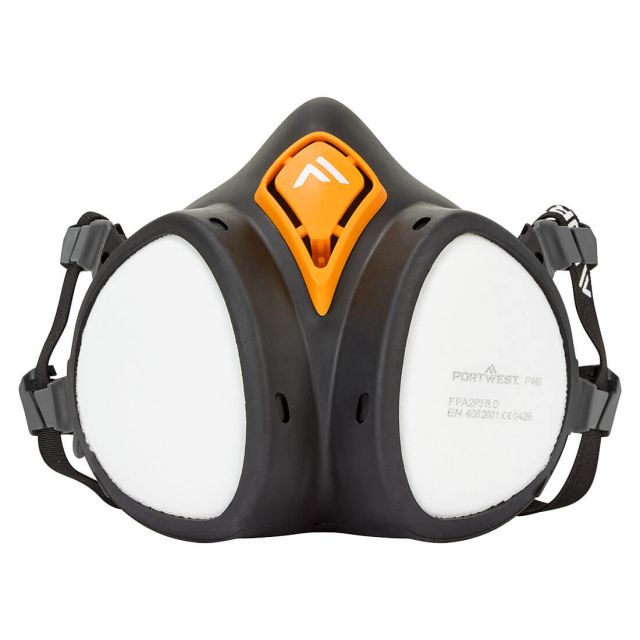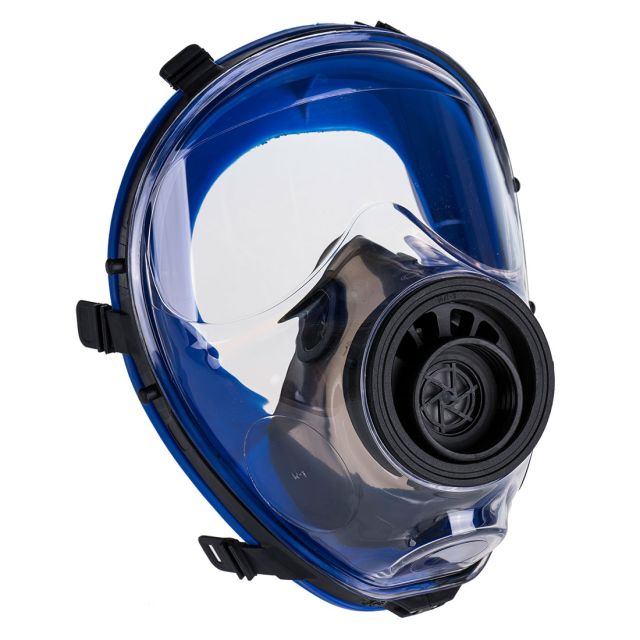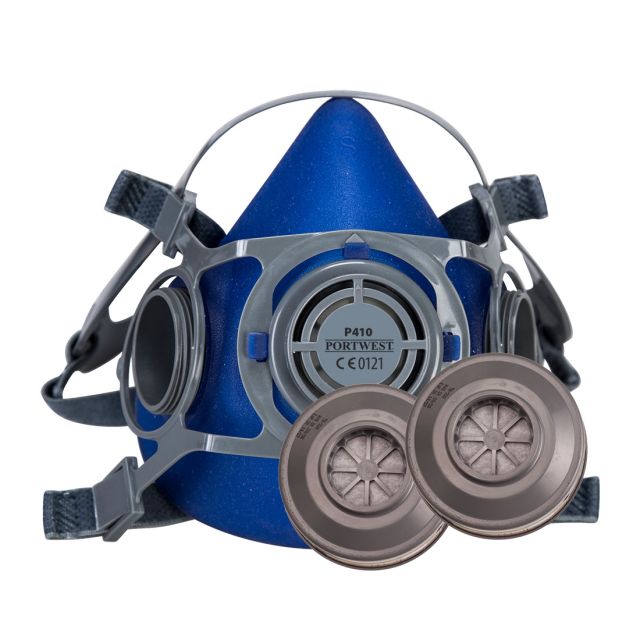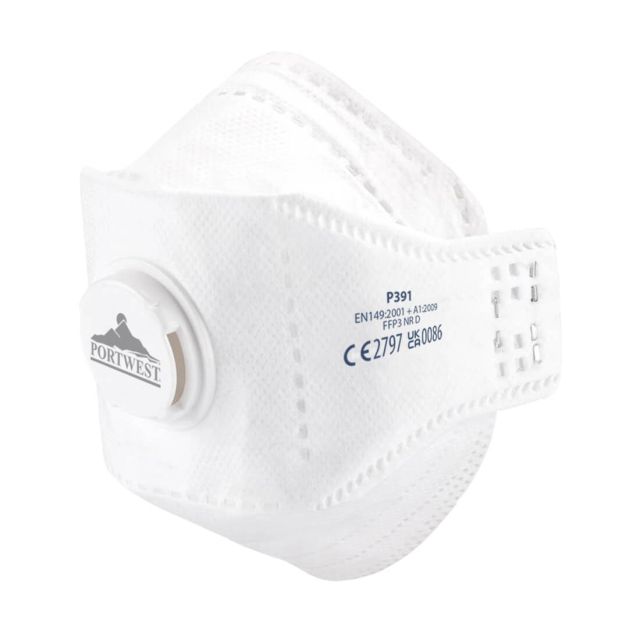PPE Compliance Audit for Respiratory Protection
Maintaining proper respiratory protection is essential to the health and safety of workers in environments where hazardous substances are present. A PPE compliance audit ensures that the right respiratory protective equipment (RPE) is being used, that it’s effectively maintained, and that your business is compliant with UK regulations.
This guide walks you through the steps to conduct a thorough PPE compliance audit for respiratory protection, ensuring the safety of your workforce and compliance with UK health and safety regulations.
- Page Contents
- Step 1: Review Applicable Regulations and Standards
- Step 2: Assess Workplace Hazards
- Step 3: Implement Controls to Reduce Hazards
- Step 4: Evaluate RPE Selection
- Step 5: Check Maintenance and Storage Practices
- Step 5: Review Training and Documentation
- Step 6: Monitor Compliance
- XAMAX®: Your Partner for PPE Compliance
- Conclusion
Step 1: Review Applicable Regulations and Standards
The first step in a PPE compliance audit is to ensure your business is adhering to all relevant UK regulations and industry standards for respiratory protection.
The Legal Framework
Respiratory protection falls under several key regulations, including:
- Control of Substances Hazardous to Health (CoSHH) Regulations 2002
- Personal Protective Equipment (PPE) at Work Regulations 1992
- The Management of Health and Safety at Work Regulations 1999
Each regulation outlines the need to assess hazards, reduce risks, select appropriate PPE, and maintain it effectively. During your audit, cross-check your respiratory protection practices with these regulations to ensure full compliance.
Step 2: Assess Workplace Hazards
The next step is to identify potential hazards that may require respiratory protection. Your risk assessment should consider:
- The presence of dust, fumes, mists, vapours, or gases.
- Airborne biological agents (e.g., spores or bacteria).
- The concentration levels of these substances.
Once the hazards have been identified, document these risks and determine the level of protection required to prevent harm to workers.
Step 3: Implement Controls to Reduce Hazards
This is arguably the most important step in creating a safe working environment.
Before selecting respiratory protection equipment (RPE), it is vital to determine if the hazards highlighted in Step 2 can be reduced or avoided using different control methods.
The goal is to reduce exposure to airborne risks by changing work habits or adding extra safety measures. These safety measures, termed as engineering or administrative controls, should always be implemented before relying on PPE.
Engineering Controls
Engineering controls are physical modifications to the workplace that help reduce the presence of hazardous airborne substances. This can include:
- Ventilation Systems: Installing or upgrading general or local exhaust ventilation to remove contaminants from the air. For example, fume hoods in fabrication workshops or dust extraction systems on construction sites.
- Local Exhaust Ventilation (LEV): LEV systems capture contaminants at or near their source, preventing them from spreading throughout the work area.
- Process Enclosures: Enclosing the source of the hazard (e.g., machines or chemical processes) can limit the release of harmful fumes, dust, or vapours into the general workspace.
- Wet Methods: Mainly suitable for working with stone, using water or other liquids to suppress dust generation during tasks like grinding, cutting, or drilling.
These engineering controls help reduce the concentration of airborne contaminants, lowering the overall risk to workers.
Administrative Controls
Where engineering controls cannot fully eliminate the hazard, administrative controls should be implemented to reduce worker exposure. This may include:
- Changing Work Schedules: Rotating workers in and out of high-risk areas to limit the duration of exposure to hazardous substances.
- Adjusting Work Procedures: Modifying how tasks are performed to reduce dust, fumes, or vapours. For example, using tools with dust suppression features or reducing the speed of a process to decrease the amount of airborne contaminants.
- Training: Ensuring employees are aware of safe work practices and understand how to minimise their exposure to hazardous substances.
Monitoring Exposure Levels
It's also important to monitor exposure levels regularly. Conduct air quality testing to determine whether the concentration of harmful substances in the workplace has been sufficiently reduced by the control measures.
If the levels of contaminants are still too high, consider reinforcing existing controls or introducing new ones.
Step 4: Evaluate RPE Selection
Ensure that the RPE currently in use is appropriate for the specific hazards present in your workplace. This evaluation should include:
- Types of RPE: For example, disposable face masks, half-mask respirators, or powered air-purifying respirators (PAPR).
- Protection Levels: Does the RPE provide the correct protection for the airborne contaminants? For example, FFP1, FFP2, or FFP3 masks for dust or vapours.
- Fit Testing: Ensure all RPE fits the users correctly. Regular fit testing must be conducted, especially if workers’ facial characteristics change.
Step 5: Check Maintenance and Storage Practices
Proper maintenance is crucial for ensuring respiratory protection equipment remains effective over time. As part of the audit, check:
- Cleaning and Maintenance: Is equipment regularly cleaned and maintained according to the manufacturer’s guidelines?
- Storage Conditions: Is RPE stored in a clean, dry, and contaminant-free environment? Poor storage can degrade the equipment and reduce its effectiveness.
- Inspection Frequency: Regular inspections are required to ensure that RPE is still functioning properly. All RPE should be checked before and after use.
Step 6: Review Training and Documentation
Workers need to be trained in the correct use of RPE, and this training should be documented. As part of the audit:
- Ensure that all staff who require RPE have undergone adequate training on how to wear, fit, and maintain it.
- Review training records to verify the completion and adequacy of training sessions.
- Document the training and fit testing results for each employee.
Step 7: Monitor Compliance
Once you've completed your audit, set up a system for continuous monitoring of PPE compliance. This involves:
- Regular spot-checks to ensure employees are wearing RPE correctly.
- Monitoring how well equipment is maintained over time.
- Ongoing risk assessments to account for any changes in workplace conditions or hazards.
XAMAX®: Your Partner for PPE Compliance
XAMAX® offers a comprehensive range of certified respiratory protection equipment that meets UK safety standards. Whether you need disposable masks, half-mask respirators, or more advanced systems like PAPRs, we supply high quality equipment from trusted brands.
While XAMAX® doesn’t provide training or auditing services, you can count on us to supply fully compliant PPE.
By choosing a BSIF-registered safety supplier like XAMAX®, you’re ensuring that your workforce is protected by top-quality safety equipment designed to meet the most stringent UK regulations.
Conclusion
A PPE compliance audit for respiratory protection is essential for safeguarding your workforce and ensuring compliance with UK health and safety regulations.
By thoroughly reviewing regulations, assessing workplace hazards, implementing controls to reduce risks—such as ventilation or local extraction—evaluating RPE selection, ensuring proper maintenance, and providing training, you can effectively protect your employees.
Regular audits help mitigate the risks of long-term illnesses and workplace accidents caused by poor air quality. By actively reducing hazards and maintaining compliance, your business fosters a safer work environment.
Need assistance with respiratory protection solutions? Contact XAMAX® today to explore how we can support your compliance needs.











